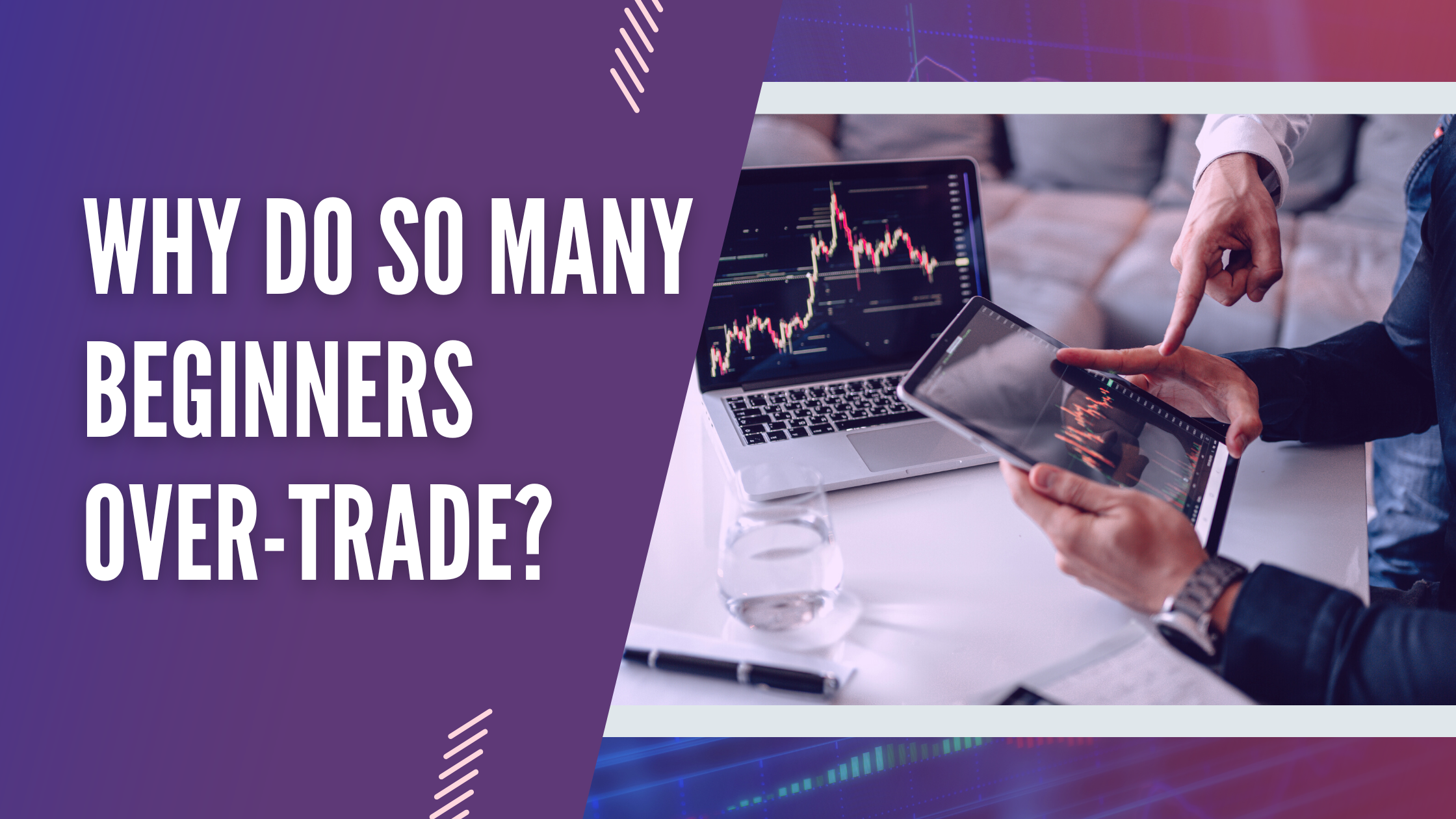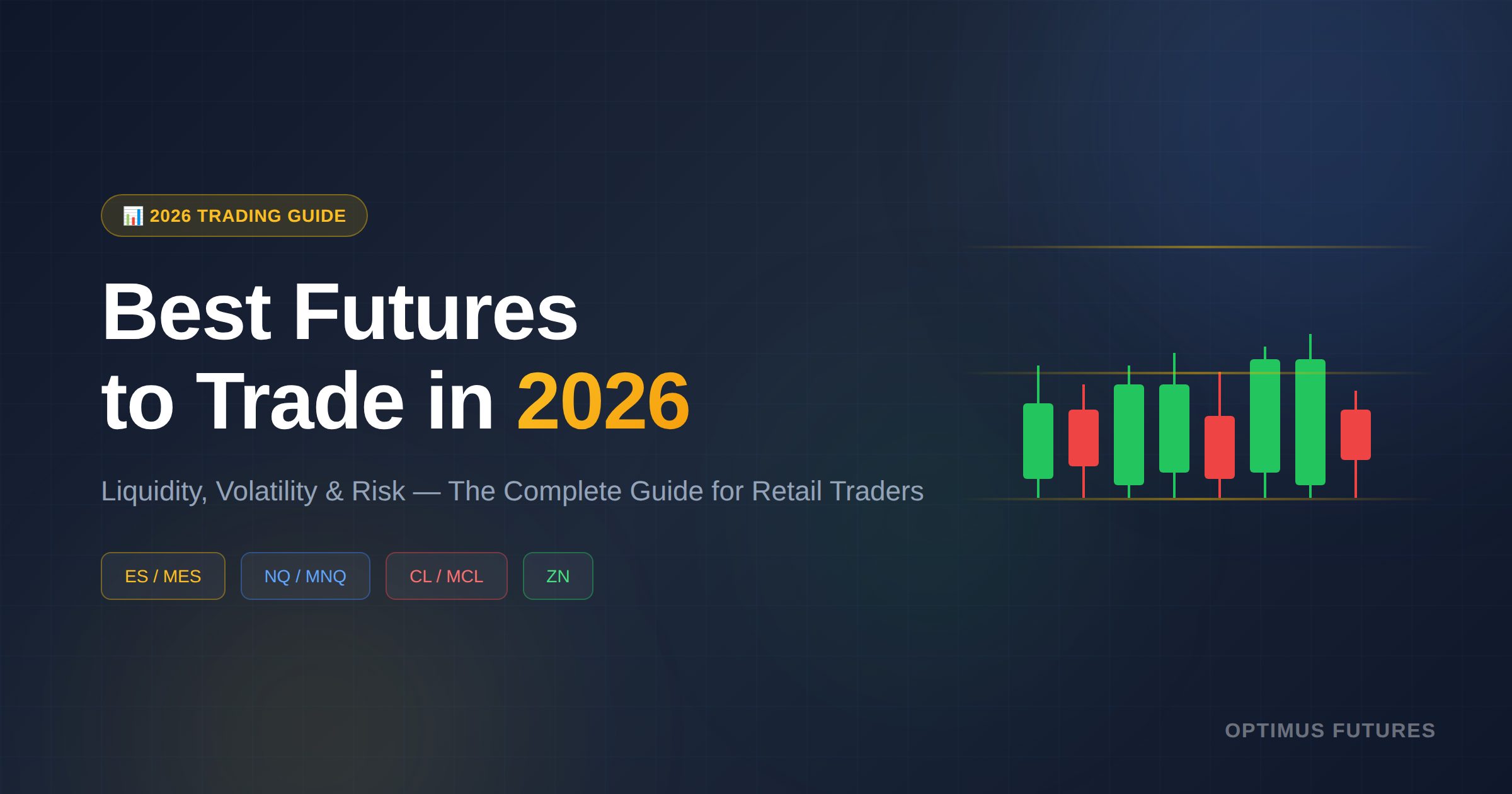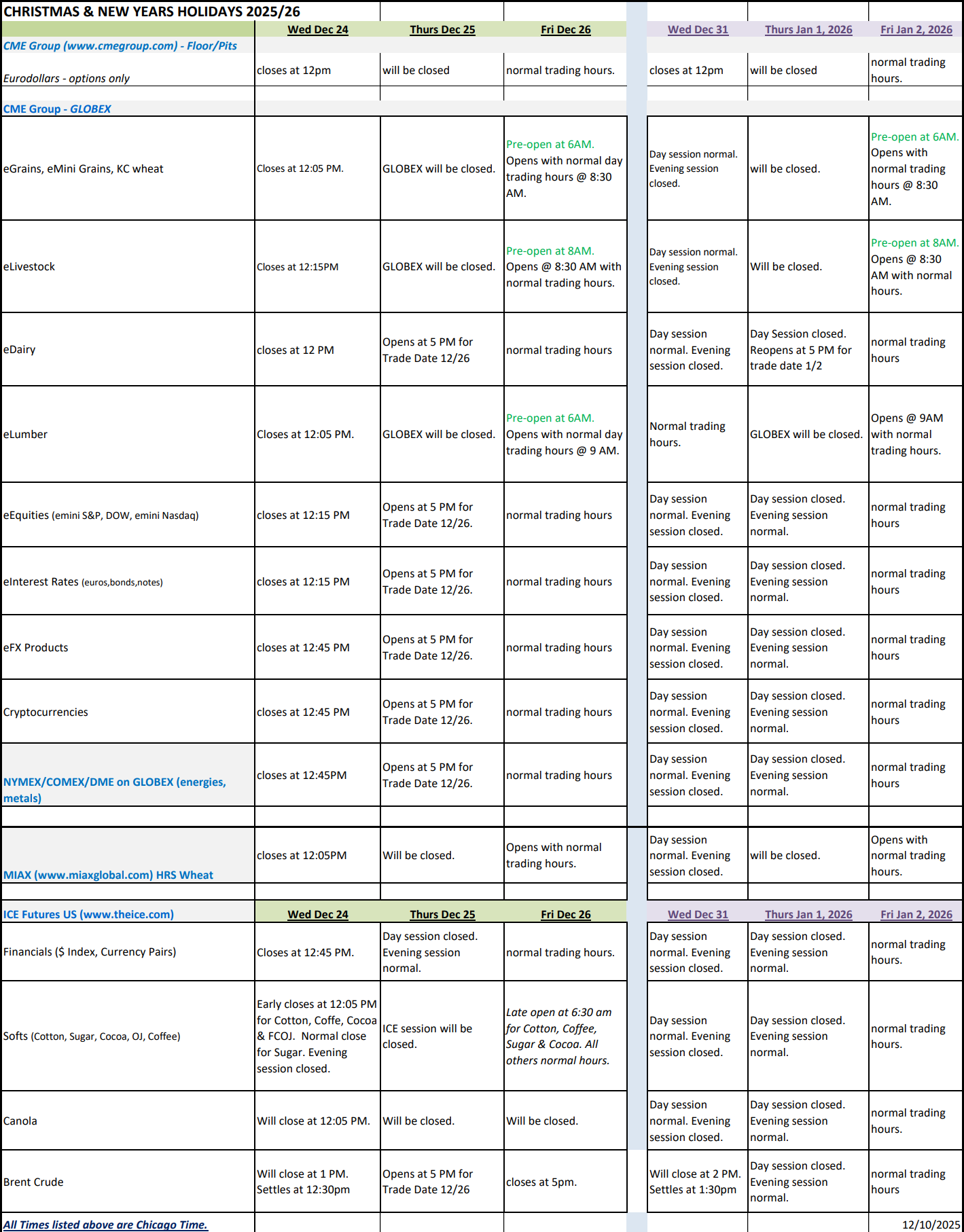This article on day trading frequency is the opinion of Optimus Futures.
How often should you day trade futures? That all depends.
Is once a day good enough?
Is two dozen times too many?
Most beginners don’t think about day trading frequency. But they should.
Trading too much puts you at risk of taking low-probability setups. It also can lead to higher transactional fees which can also reduce profits.
Trading too little can also leave money on the table if high-probability setups are missed.
Today, we’ll explore the two main reasons why beginners tend to trade more often than seasoned veterans. We’ll also attempt to offer a solution traders can implement to improve their trade selection process.
If you find yourself over-trading, then we believe you’ll find this post to be extremely useful.
The Early Stages Of Your Futures Trading Career
New traders are often not sure what product might be the best for them. They often are searching for something they understand and can get comfortable with. Along the way they try a variety of trades that may or may not be best. If you’re an early stage trader the first thing you should work toward is becoming an expert in something.
Paper trading is the easiest way to learn what and how to trade without losing money. You cannot lose funds in a virtual account practicing.
Demo accounts are useful because, after all, you may begin with little to no knowledge and may be unsure which product is right for you.
Some traders love trading index futures because they already understand the stock market. Index futures are familiar to them.
Others may have a rich knowledge of the macro-environment and would rather trade interest rate futures.
Someone else might be drawn to energy futures because their supply and demand dynamics make sense.
Whatever the case, it takes time and experience to get familiar with these different futures products and trade them.
That’s why paper trading is usually the right place to start.
Some people dislike paper trading because you don’t have “skin in the game.” If that’s the case, micro futures might be the best option.
These futures contracts require less capital money per contract yet still offer the same amount of leverage. That translates to smaller P&L changes per tick.
If you find yourself over-trading as a beginner, because you’re in an exploratory phase, don’t be hard on yourself.
You need to put in the “screen time” in your career’s early stages before you can do bigger and better things. But that doesn’t mean throwing tons of money at the market this is akin to gambling and would be foolish.
Learning and gaining success as a trader comes from both the quantity and quality of trades. Think of it as seeing enough poker hands to understand the game’s dynamics. While you still may lose hands of poker, the odds of being able to occasionally win a hand, although not promised, should increase with time and experience.
When Trading Too Much Is A Bad Thing
Trading is like chocolate. It’s great in moderation. But too much can cause serious problems.
It’s easy to get excited once you discover the markets you want to trade and the strategies you want to use. This can be particularly true if you find yourself having some initial success.
Getting caught up in the market is easy, and if or when this happens you may find yourself over-trading.
This is often why traders who’ve been in the markets for a long time will continue to work on their risk management and, more importantly, discipline regarding when they enter into a position.
You’ve probably heard stories from traders sitting on day trading profits, but they decide to jump into another trade, lose money, and wipe out their entire day’s gains. They do not exhibit discipline when they do this.
The sting is even worse when you’ve had one or two good trades, let the next one slip away, and then ultimately end up down on the day. This is a situation where risk management was not properly utilized to hold onto booked profits.
It almost feels like sabotage, and if you can’t control your emotions, it can destroy your account before you ever learn enough to flourish.
If you’re a new futures trader and feel like discipline is the reason you’re struggling, listen up because we’re about to share some tips that can potentially help you to work on this problem.
Why Do So Many Beginners Over-Trade?
Imagine if there was an MLB player who swung at every first pitch.
Once the scouts caught wind of it, they would inform their pitchers to throw far and wide off the plate.
The best hitters in baseball don’t swing at everything; they wait for their pitch to come. And that’s exactly what great traders do; they wait for their right setup to come before placing a trade.
They manage their day trading frequency waiting for a pitch they have the best probability and experience to hit.
You see, before a great trader places a trade, he knows the criteria he’s looking for. Maybe he’s seen a specific setup succeed in the current market and believes it has a high probability of working again.
However, the inexperienced trader might not even know what a good setup looks like or struggle to consistently identify one. They may think that every setup looks the same.
That’s why reviewing successful trades is a strong habit to build. Find out what’s working, identify the criteria that caused that trade to work, and look for that pattern again.
The best place to start is with a trading journal. Automated ones like those offered by the Optimus Flow platform can make this easier than ever.
Now, if you don’t have many successful trades of your own to review, that’s okay. Pull up a chart. Start by identifying large price movements and trying to discern in hindsight how and why they occurred. The key here is to be curious and ask questions, always be trying to learn and become a student of the markets.
Here are some good questions to ask when you’re trying to discover a winning pattern:
- Was there a specific catalyst that sparked the move?
- Was the underlying futures price trading at a key level of support or resistance?
- Is there a level where buyers or sellers have stepped in before?
- Did the move have a specific pattern?
- Has this recent trend been working?
- Is it a scalpers market or a trending market?
While you can ask many more questions, you should always include two essential elements: price action and catalysts.
After you better understand which “pitch” you should be swinging at, it will help you reduce the number of bad trades you take.
How Emotions Can Lead To Over-Trading
Have you had a futures trade going your way but suddenly reversed on you and ended up being a disaster? It happens to everyone who trades futures. A seasoned trader handles it is completely different from the novice.
You see, a novice trader will get angry, possibly revenge trade (jump into another trade immediately because they want to make their losses back), or size their next trade significantly larger to recover their losses.
An experienced trader will take the time to catch their breath, review the loss, and learn from it.
Emotions can be hard to handle when there is money on the line. That’s why traders should only trade money they can afford to lose and should start to learn using a demo account. You never want to trade with the money you need for groceries, rent or paying the mortgage. Rule number one when learning to trade – RISK CAPITAL ONLY!
The last thing you want to do is have money (or the idea of losing it) interfering with your trading decisions and forcing emotions to run high.
One way to mitigate emotions and over-trading is by having a trading plan.
A simple trading plan will outline:
- Your thesis on why you want to be long or short
- Your entry price
- Your exit price
- Profit target
- Stop-loss target
If you have a well-thought-out trading plan, you’re less likely to over-trade because you’ve checked off all the boxes: identified a high-probability setup and a plan on how to trade it.
Also consider that the more you can automate and structure your decision-making, the less likely you are to let emotions control your trading.
Bottom Line
It’s okay to have a high day trading frequency as a beginner because you get a feel for different futures products and strategies.
However, this should be done with risk management at the forefront of your mind.
Once you’ve passed this exploratory stage, it’s time to focus on trades with a defined edge and trades with a plan. This will allow you to trade smarter and less frequently.
And that doesn’t mean you need to go full throttle.
Increasing your leverage and position size allows traders to acclimate to the larger sizes as well as pocket profits along the way.
Optimus Futures provide traders with the tools and instruments to get started.
We offer paper trading along with micro and mini-sized futures contracts to match your risk and style.
There is a substantial risk of loss in futures trading. Past performance is not indicative of future results. When considering technical analysis, please remember educational charts are presented with the benefit of hindsight. Market conditions are always evolving, and technical trading theories and approaches may not always work as intended.




